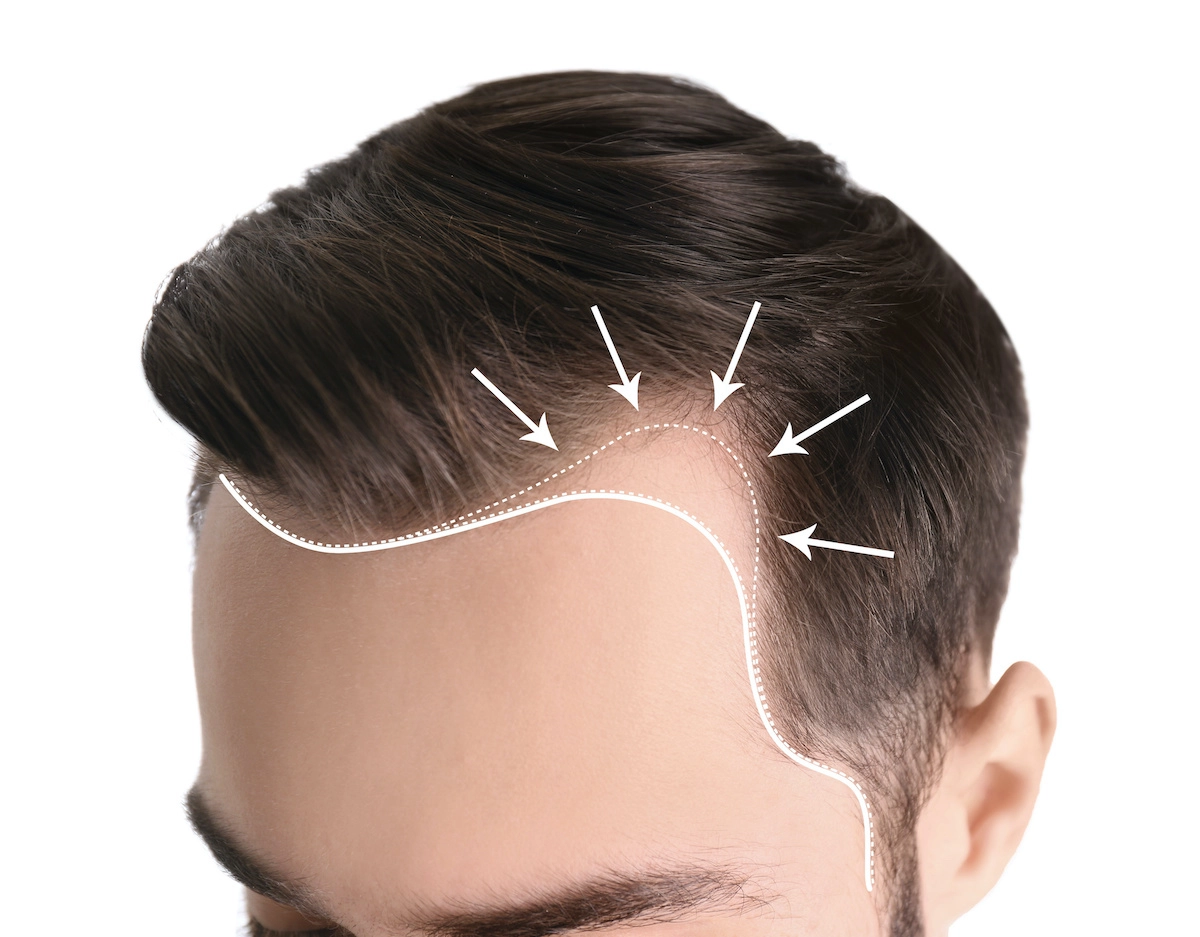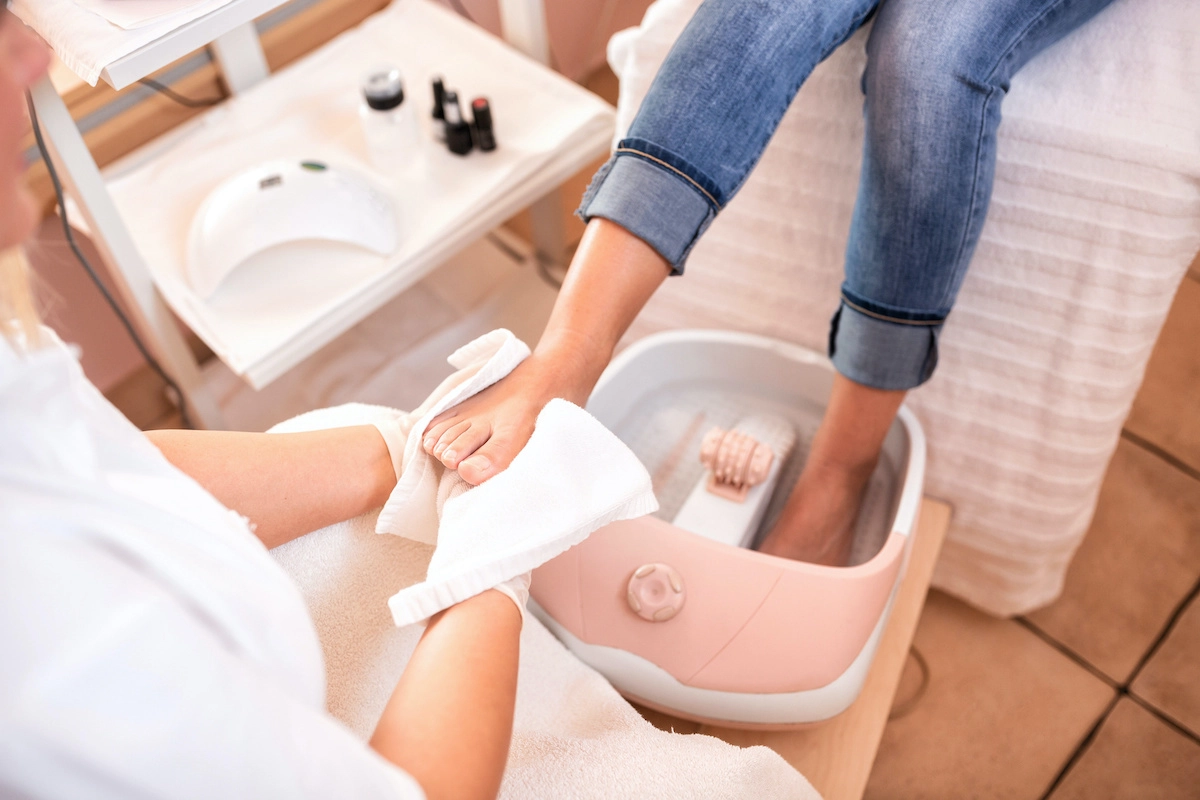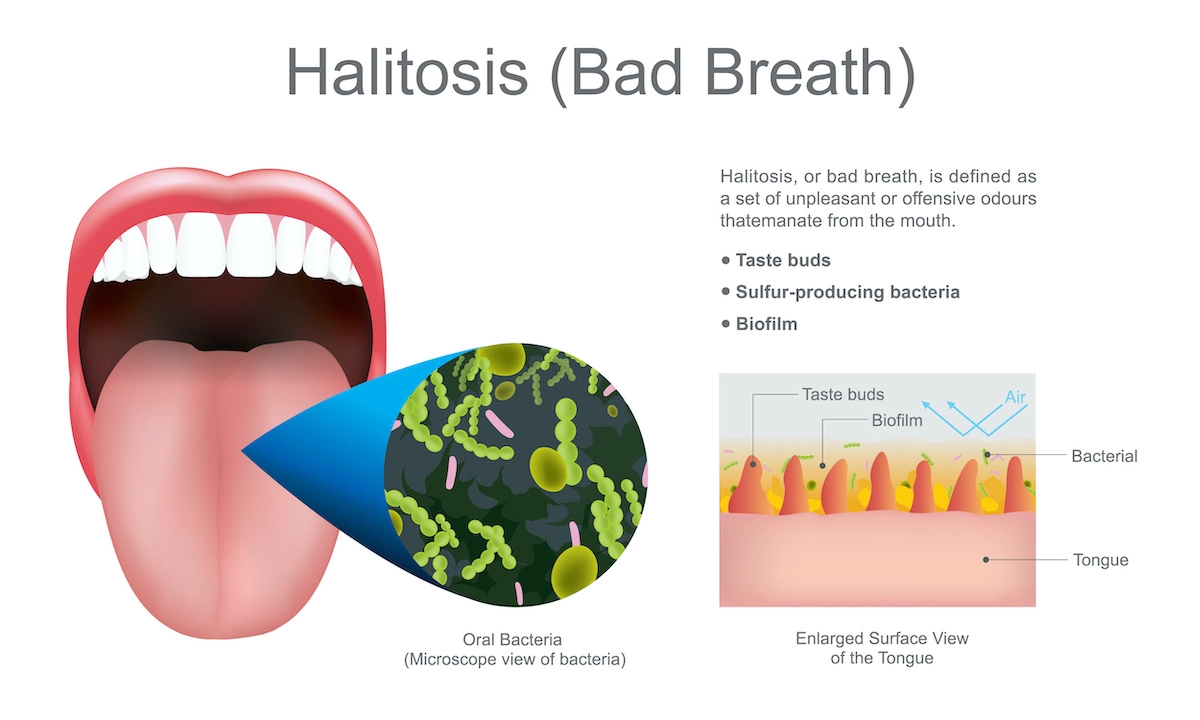A receding hairline may occur in both males and females, though is more common in males. There is no cure for a receding hairline. But medications may help slow it down and encourage hair growth.
Patterned hair loss, also known as androgenetic alopecia, is a natural part of aging that affects nearly 50% of males and females. Males typically experience a receding frontal hairline, which begins just above the temples. Females more commonly have diffuse hair thinning in the middle of the head.
Symptoms of a receding hairline may begin to develop after the end of puberty or anytime throughout adulthood.
Although hair loss is part of aging, in some cases, it may be caused by an underlying condition.
A note about sex and gender: Sex and gender exist on spectrums. This article uses the terms “male,” “female,” or both to refer to sex assigned at birth.
What causes a receding hairline? Approximately 50 million males and 30 million females are affected by androgenetic alopecia in the United States.
There are several causes of a receding hairline.
- Age: The risk of hair loss increases with age. It is estimated that more than 50% of males over the age of 50 have some type of hair loss. By age 70, nearly 80% of males and 50% of females are affected.
- Hormonal changes may trigger a receding hairline in males. An androgen hormone called DHT may impact the hair growth cycle, resulting in male-pattern baldness. Hair grows in cycles that may last 2-7 years. Each hair grows in a hair follicle on the surface of the scalp. Once the hair grows, it enters a resting phase for a few months, then falls out. As these hairs fall out, new ones replace them. Too much DHT stimulation may speed up the hair growth cycle and delay regrowth. This may cause thinner hair or baldness.
- Family history may play a role in receding hairlines. Males whose fathers are bald could be 5–6 more likely to lose their hair. The loss may even follow a similar pattern as previous generations.
· Medications or treatments: Some medications and medical treatments may cause hair loss. A typical example is chemotherapy, which often causes a person’s hair to fall out.
· Illness or stress may lead to sudden hair loss called telogen effluvium. People usually experience this as an unexpected shedding — where they lose much more hair than usual in a short period. Luckily, this hair loss often reverses itself without treatment.
· Lifestyle choices: Research suggests that people who smoke are more likely to experience early-onset androgenetic alopecia than people who do not smoke. Smoking may also cause oxidative stress and reduced blood flow to a person’s hair follicles, which may also contribute to a receding hairline.
There may also be a link between receding hairlines and diet. For example, people who do not get enough vitamins and minerals may lose more hair than people who do.
How is a receding hairline treated? There is no outright cure for a receding hairline, but some medications may help slow it down.
Finasteride (Propecia) and minoxidil (Rogaine) are both drugs that are approved by the United States Food and Drug Administration (FDA) for the treatment of hair loss.
Other drugs that may be prescribed as off-label medications to help treat a receding hairline include:
- dutasteride (Avodart)
- anthralin (Dritho-Scalp)
- corticosteroid
Some people may consider getting hair transplants or laser surgery.
For people looking for natural ways to help treat their receding hairline, animal studies suggest that peppermint and lavender oils may help promote hair growth. However, more research on humans is needed to verify these claims.
How can a receding hairline be managed? In addition to direct treatments, a person may try other things to help manage their receding hairline.
Hairstyles—Changing the way a person styles their hair may help draw attention away from a receding hairline. Other classic examples for people with a receding hairline include a close buzz cut, medium crew cut, or a clean shave.
Lifestyle choices—Finding ways to reduce stress may also help manage a receding hairline. Some strategies may include:
- regular exercise
- eating a whole and varied diet
- practicing breathing exercises
Hair care—Taking care of delicate hair could help keep it on the head. Using more natural hair products, or at least avoiding harsh chemicals, might be a step towards rejuvenating the hair. It may also help to avoid vigorous brushing or pulling the hair too much.
While a receding hairline may impact a person’s quality of life, it poses no risk to health. Most people can manage their hairline, and some available treatments may help hair look fuller or help it regrow.
Anybody considering trying these treatments should discuss them thoroughly with your Dermatologist or a licensed healthcare specialist to find the most suitable option.
Sources: https://www.medicalnewstoday.com/articles/320537; https://nchc.org/beauty/hair/how-to-stop-a-receding-hairline/Tips












